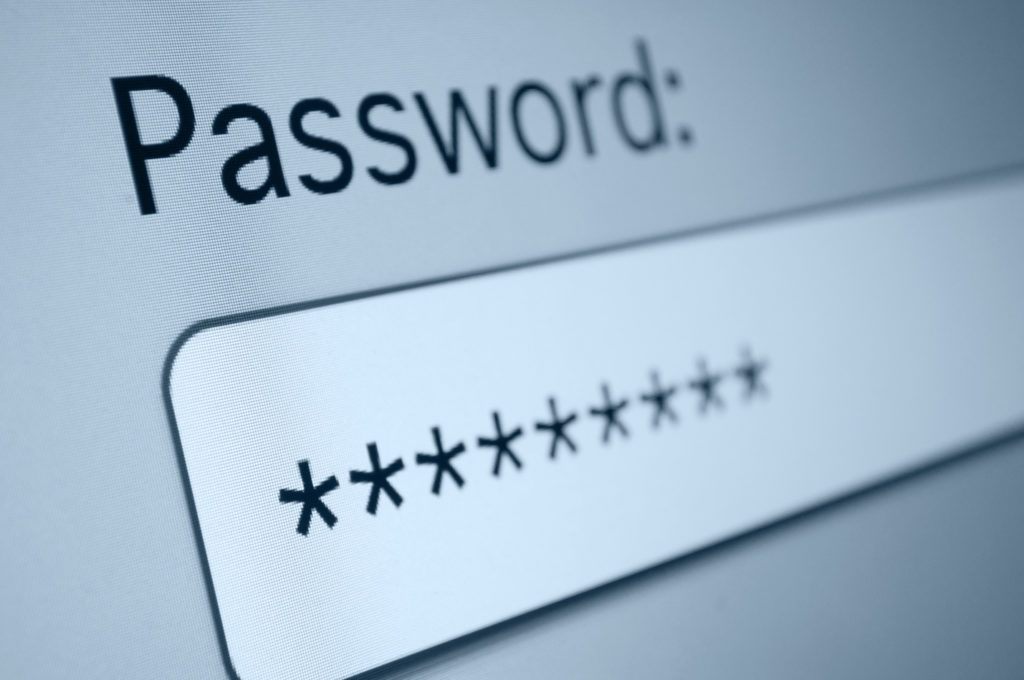Using Windows Hello to Add Security

Authentication is a tricky thing for businesses. While people want to be secure, they also want to make that security as convenient as possible. Developments involving solutions like Windows Hello, a biometrics authentication system used by Microsoft, have been pushing this trend forward. Let’s take a look at Windows Hello and see what kinds of […]
Best Password Practices from NIST

When a hacker tries to access one of your accounts, the first challenge they must overcome is the password. This is why industry professionals always encourage you to create them with security in mind. The latest guidelines issued by the National Institute of Standards and Technology, or NIST, are not quite conventional or traditional. However, […]

